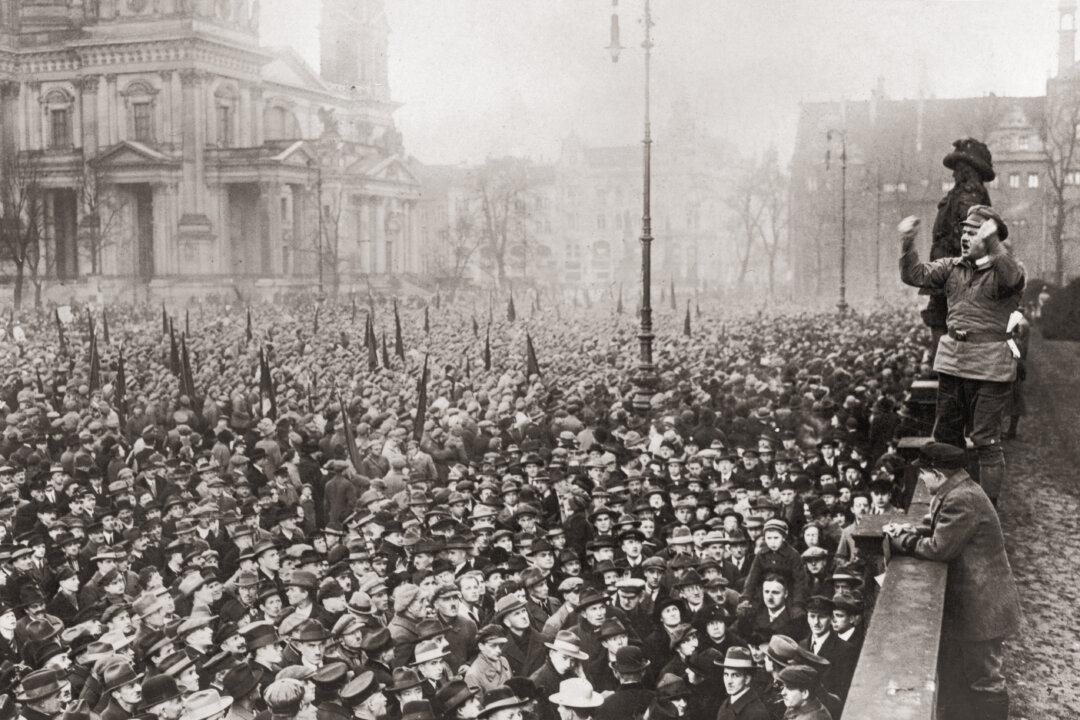Commentary
There is a lot of thinking these days about Rome and its fall. Maybe we should be thinking about Weimar and the inflation that wrecked Europe.

There is a lot of thinking these days about Rome and its fall. Maybe we should be thinking about Weimar and the inflation that wrecked Europe.